Foot problems are common and a majority of men and women will experience an issue at some point during their lives. Here are some of the most common symptoms podiatrists see and what health conditions they might indicate. Hint: It’s not always foot-related.

Foot pain
Foot pain can result from a number of things, including injury, overuse and inflammation. Your doctor will look at the exact location and type of pain you are experiencing to determine the cause and potential treatment options.

Heel pain
Often, heel pain is the result of plantar fasciitis, a common condition that results from inflammation of the thick band of tissue that connects the heel bone to your toes. Symptoms include a stabbing pain with your first steps after waking up and getting out of bed, and pain when standing for long periods of time or when standing after sitting.

Cold feet
Cold feet may indicate more than a need for wearing an extra pair of socks to bed. It could result from neuropathy or poor circulation in your feet and lower extremities.

Swollen feet
Swollen feet may result from venous insufficiency or varicose veins. When there’s poor blood return from the lower extremities to the heart, blood can pool and cause swelling. Swollen feet may also result from congestive heart failure, kidney disease, liver disease or osteoarthritis.

Burning feet
A burning sensation in your feet is often a result of diabetic neuropathy or poor circulation. It can also be caused by pinched nerves in the spine, which flare as you move around.

Foot sores
Foot sores that don’t heal are often due to diabetic neuropathy and/or poor circulation, which can lead people to experience numbness in their feet. As a result, they can end up walking on sores because they don’t feel them. Foot sores may also be caused by skin conditions, such as psoriasis or skin cancer.
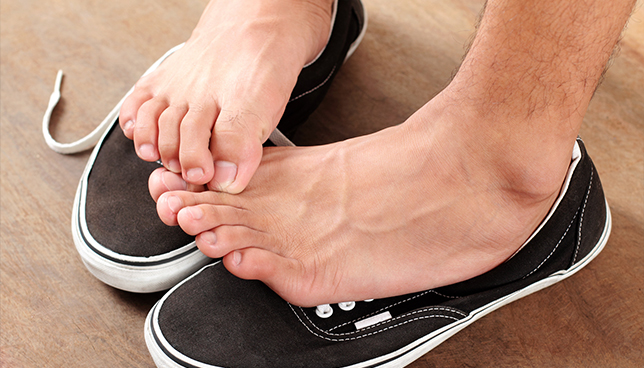
Itchy feet
Itchy feet can also be a result of diabetic neuropathy, but may also be caused by dry skin or athlete’s foot.
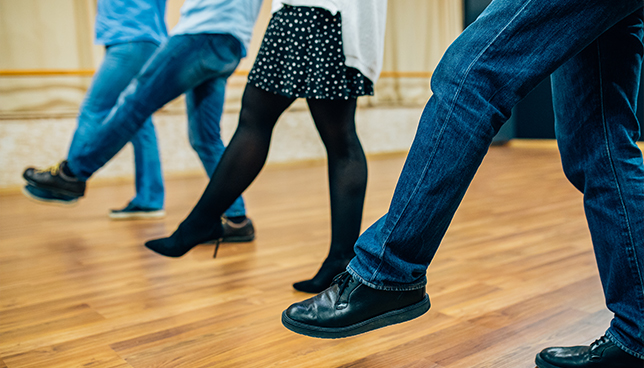
Foot spasms
Foot spasms are most commonly caused by the small muscles in the arch of the foot. If you have flat feet, your muscles will need to work more to help stabilize your feet, which can lead to muscle spasms at the end of the day.
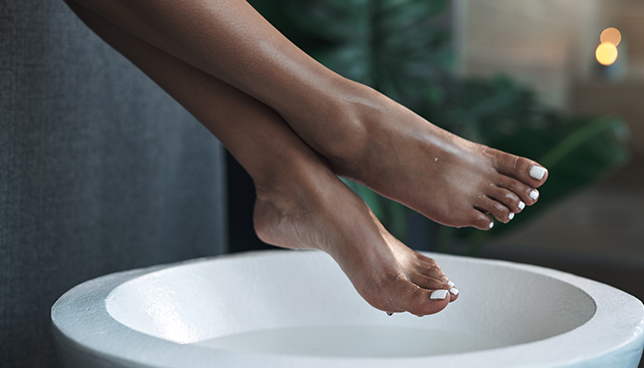
Thickening toenails
Thickening toenails are often the result of psoriatic nail disease and a fungus infection. These conditions may also lead to changes in nail shape or color.
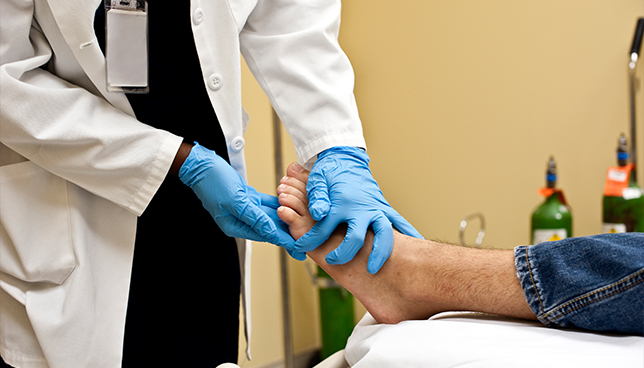
Foot deformities
Foot deformities include claw toes, club toes, flat feet, high arches and bunions. These are sometimes inherited conditions but surgical procedures can often alleviate symptoms.
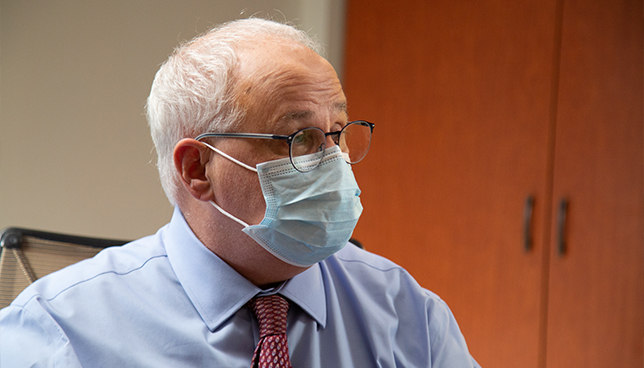
Get treatment for foot conditions
The Edward-Elmhurst Health team of podiatrists works together to diagnose and treat foot injuries and conditions. To learn more or to make an appointment, visit us online or call 331-221-9004.











